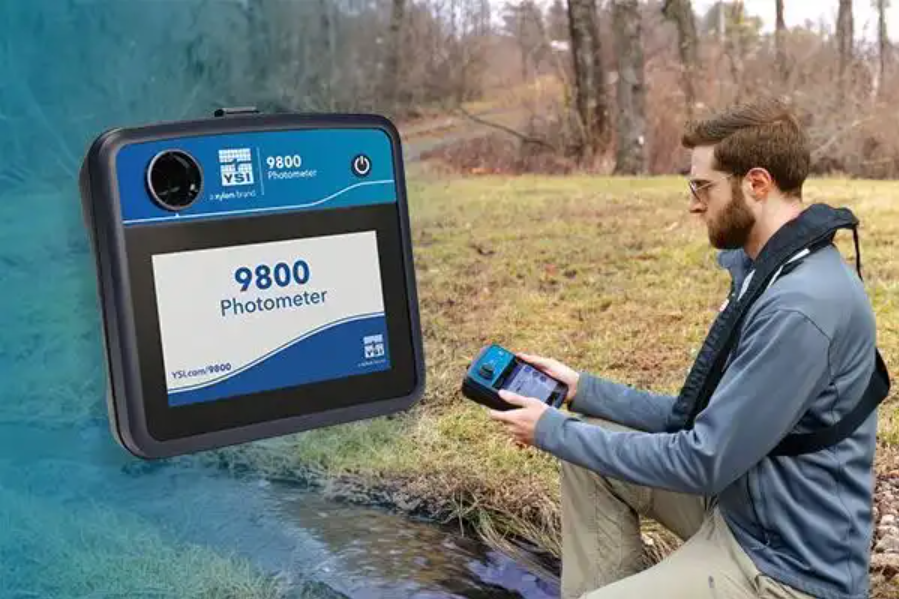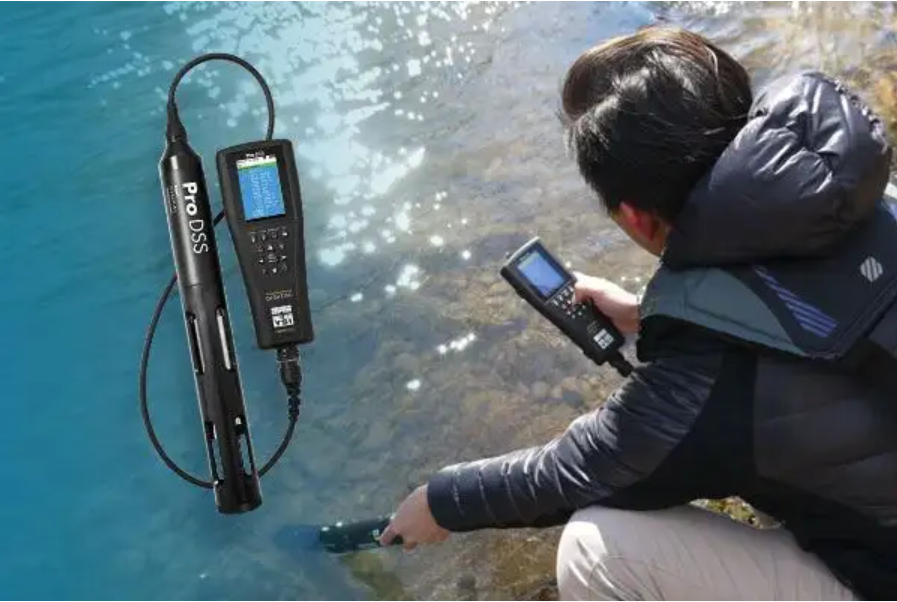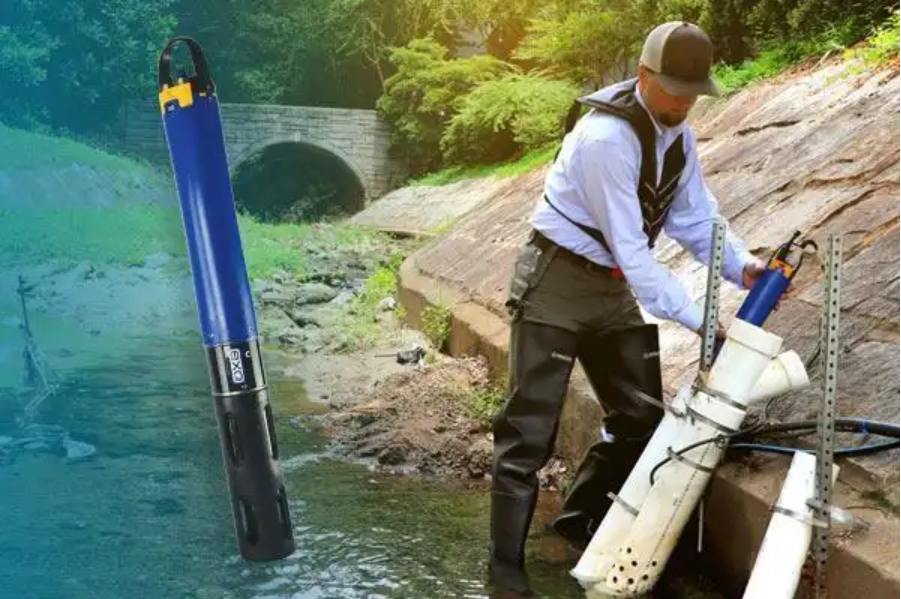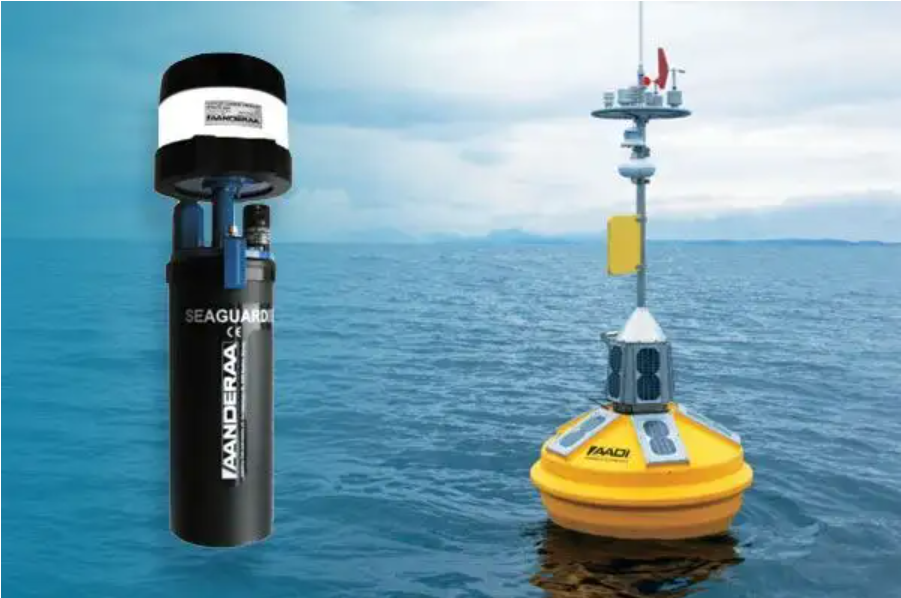
Selecting Your Water Quality Instrument - 5 Essential Questions
Choosing the right water quality instruments for your application is one of the most significant decisions you will make for your monitoring programme. The accuracy and reliability of your environmental data depend heavily on the equipment you select.
Whilst collecting grab samples for laboratory analysis is a tried-and-tested approach, the results may take several weeks to arrive, and some water quality parameters are best measured directly in the environment, such as pH, temperature, and dissolved oxygen.
By contrast, field-based water testing equipment provides instant, in situ data that reflect true conditions, enabling faster insights and better decision-making. Selecting the correct instrument not only ensures dependable data but can also improve efficiency, reduce labour, and integrate seamlessly into your existing workflows. For long-term reliability, see our guide on how to store water quality instruments correctly.
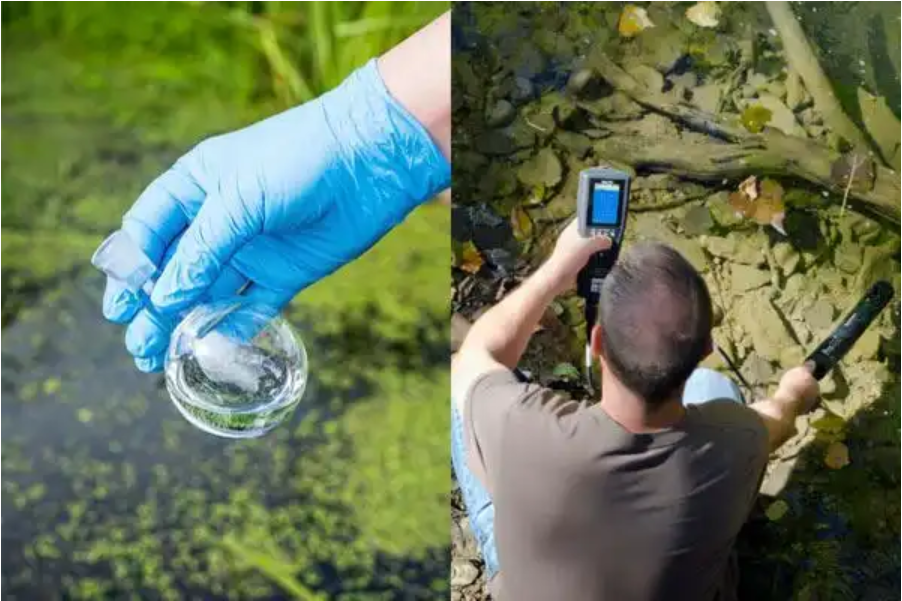
Field instruments are generally divided into three main categories:
1. Field Photometers: Essential Water Testing Equipment for Grab Sample AnalysisField photometers analyse small water samples collected manually. After adding reagents, the sample is placed into a handheld photometer for testing. These instruments are not submerged directly in water, resulting in a slight time gap between sample collection and measurement. Despite this, photometers significantly extend your testing capability. For example, the YSI 9800 supports over 25 parameters, and the pHotoFlex colourimeter offers up to 135 tests. As results depend on the frequency of manual sampling (daily, weekly, etc.), they provide discrete datasets rather than continuous records. |
|
||
| 2. Handheld Water Quality Instruments: Spot Sampling with Portable Water Testing EquipmentHandheld instruments are used directly in water for real-time readings. Options such as EcoSense—an affordable series of pen-style instruments for basic sampling—or the YSI Pro Series, designed for advanced requirements, give users flexibility across different applications. Like photometers, these devices also produce discrete data, collected only during site visits. They are ideal for organisations conducting regular monitoring, but without the need for continuous datasets. |
||
3. Deployable Water Quality Instruments: Continuous Monitoring with EXO Sonde Monitoring SolutionsDeployable instruments are designed for long-term, autonomous use. Instruments such as the multi-sensor EXO Sonde are placed directly in water to collect data continuously, often integrated with data loggers or telemetry for real-time reporting. This approach provides granular datasets, sometimes capturing several samples per second, offering unrivalled insight into changing conditions over time. EXO Sonde monitoring is particularly valuable for research projects, compliance programmes, and sites where conditions shift rapidly. For deep-water or marine applications, platforms like the Aanderaa SeaGuard provide rugged, reliable solutions capable of operating under extreme pressures and conditions, with options for both internal logging and telemetry. |
|
Five Key Questions When Selecting Water Quality Instruments
1. What Is Your Application for Water Quality Instruments?
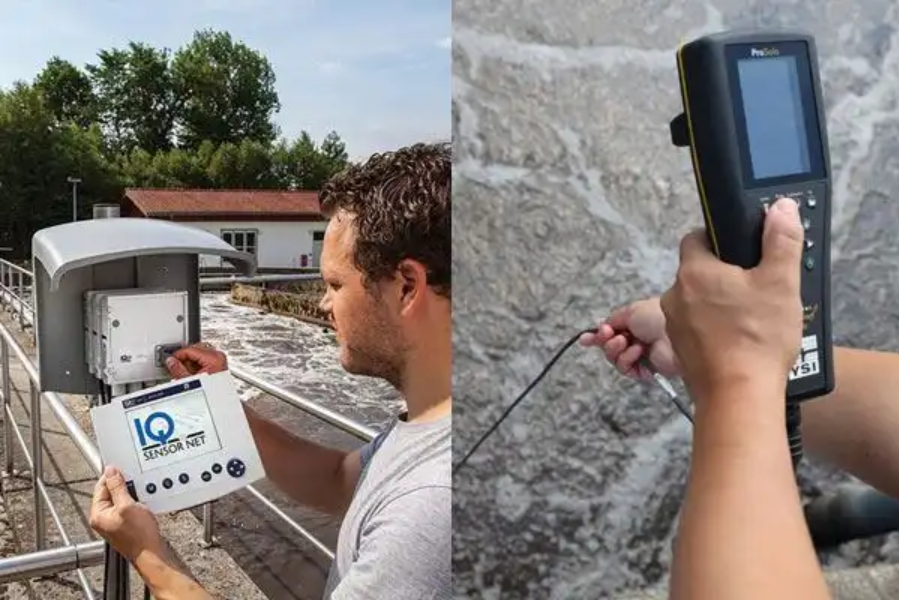
Your monitoring goals define your equipment requirements. Broadly, applications fall into three categories:
- Routine monitoring: Regular programmes for compliance, government water quality initiatives, effluent monitoring (municipal or industrial), and aquaculture or drinking water systems.
- Project-based monitoring: Short- or medium-term projects such as academic studies, NGO research, or Best Management Practice (BMP) effectiveness.
- Event or emergency response: Rapid detection of pollution, stormwater events, or contamination incidents.
Depending on urgency and frequency, consider features such as:
- Sensor performance – accuracy, range, and sensitivity to match monitoring goals.
- Rugged construction – waterproof, durable equipment, such as Pro Series handhelds for tough fieldwork.
- Ease of use – intuitive interfaces suitable for all staff levels.
- Portability – compact devices for quick deployment or frequent site changes.
- Flexibility – modular instruments allowing interchangeable sensors, various data access options, and compatibility with SCADA or DCP systems.
Pro Tip #1: Match your instrument type to the scale, frequency, and urgency of your monitoring.
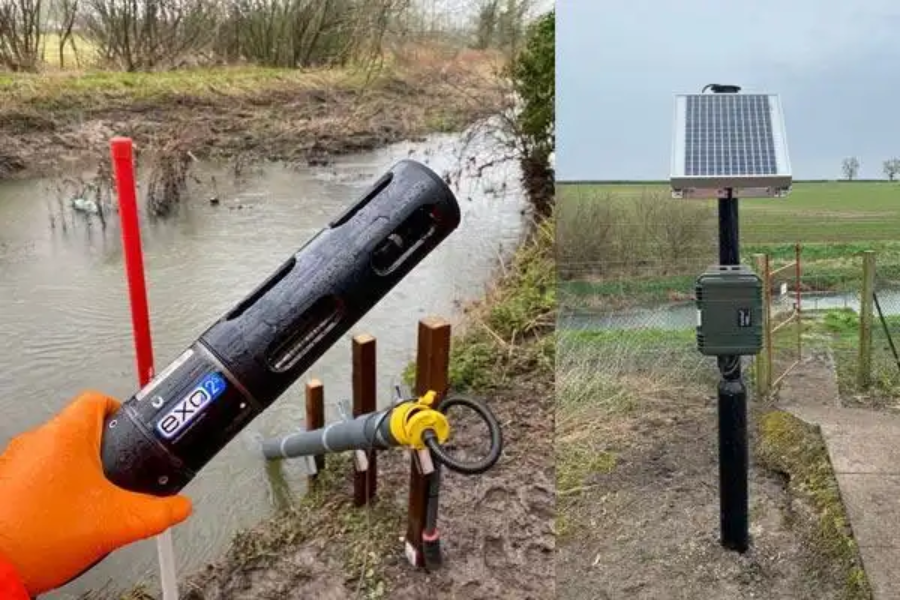
|
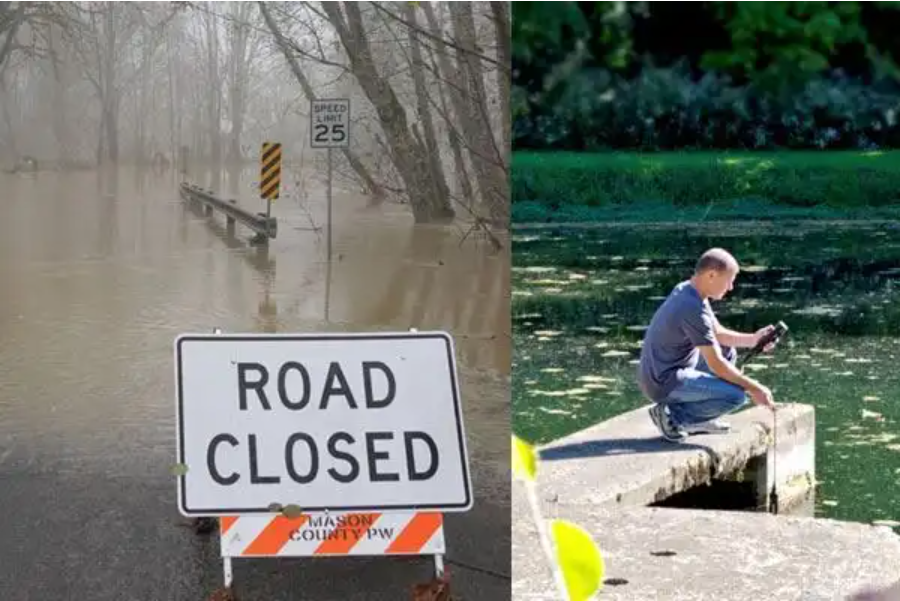
|
2. What Parameters Do You Need Water Testing Equipment to Measure?
This fundamental question shapes your choice of instrument. Parameters can be grouped into:
Physical Parameters
- Temperature
- Turbidity
- Sediment (Total Suspended Solids – TSS)
- Conductivity (including Total Dissolved Solids, hardness, and salinity)
For example, handhelds such as the ProDSS and ProSwap can measure turbidity in the field, while the EXO Sonde or SeaGuard offer long-term deployment capabilities.
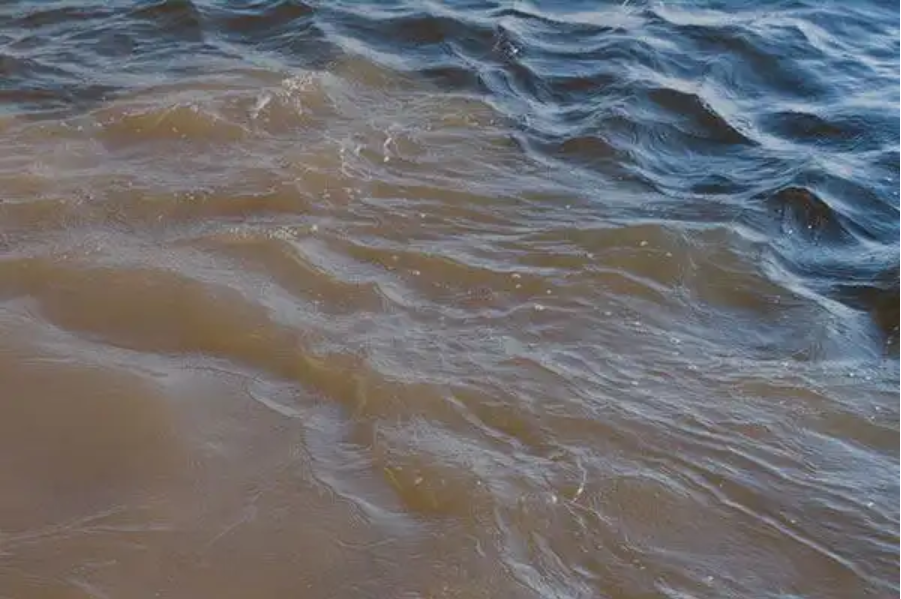
|
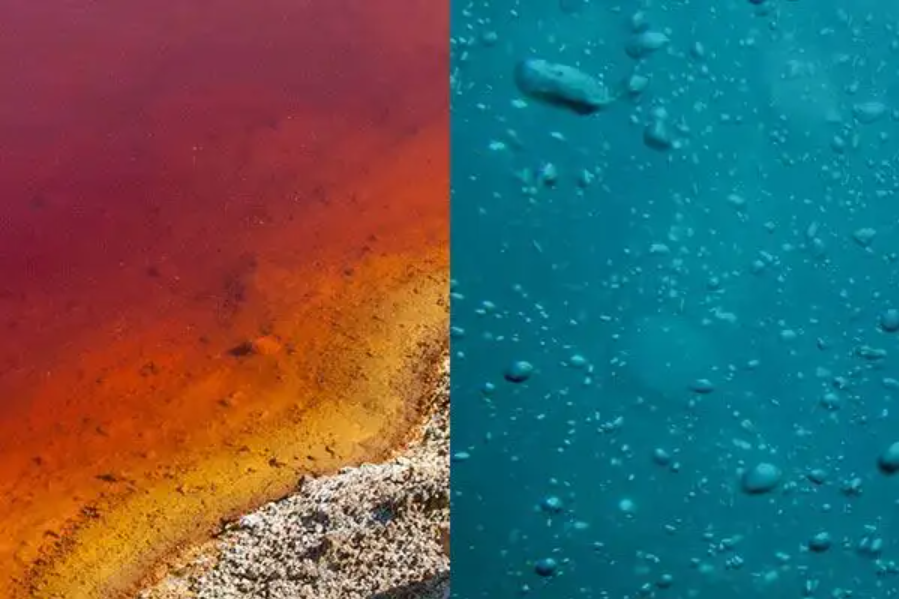
|
Chemical Parameters
- pH, ORP, and Dissolved Oxygen: Core parameters measured by most instruments.
- Nutrients: The 9800 photometer measures nitrate, phosphate, and potassium; the EXO NitraLED sensor provides advanced nitrate monitoring.
- Wastewater indicators: Bromine, cyanuric acid, and chloride can be measured using photometers or ion-selective electrodes.
- Organic matter: cDOM sensors, such as the EXO fDOM, capture fluorescent fractions of dissolved organic matter.
- BOD and COD: Critical for treatment facilities; measured via ProOBOD probes or photometers.
- Metals: Iron and copper can be analysed in the field with photometers.
Biological Parameters
- Algal pigments (chlorophyll, phycocyanin, phycoerythrin) via EXO Sonde or ProDSS.
- Rhodamine WT dye for tracer studies, detected with EXO sensors.
Some parameters—such as PFAS, microplastics, pharmaceuticals, and coliform bacteria—still require laboratory analysis.
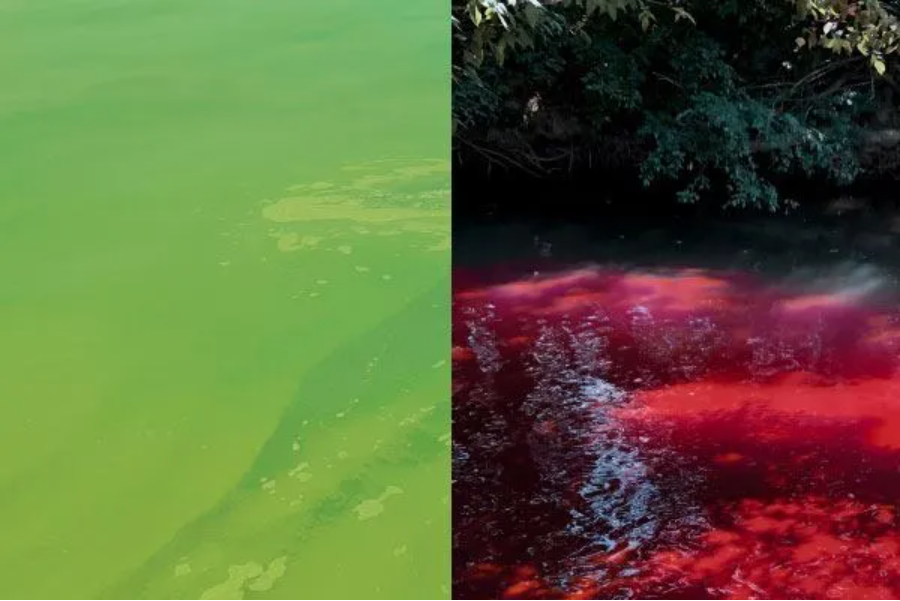
|
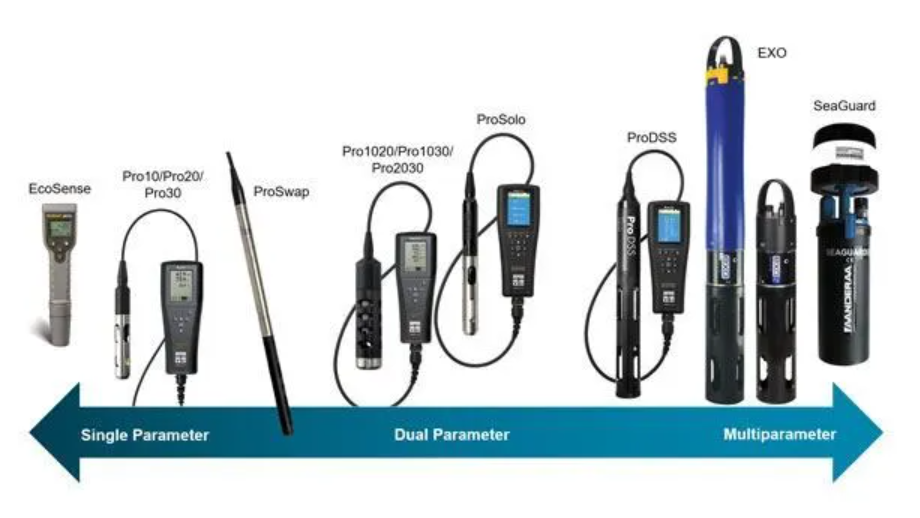
|
You’ll need an instrument that can measure both your current and future parameters. Photometers and colourimeters offer the widest range, while handheld and deployable instruments vary from single-parameter (e.g., EcoSense pH100A, Pro10), to dual sensor (e.g., Pro2030), to multi-sensor platforms (e.g., ProQuatro, ProDSS, EXO Sonde, SeaGuard).
Sensor flexibility—the ability to swap installed sensors—is crucial when sites or projects change. Anti-fouling is also critical for turbidity and optical sensors, where sediment, debris, biofouling, and bubbles can severely impact data quality and accuracy. Use a strong wiper such as the EXO Central Wiper for accurate data during deployments.
Pro Tip #2: Choose instruments that measure current and anticipated future parameters to future-proof your investment.
3. What Environmental Challenges Affect Water Quality Instruments?
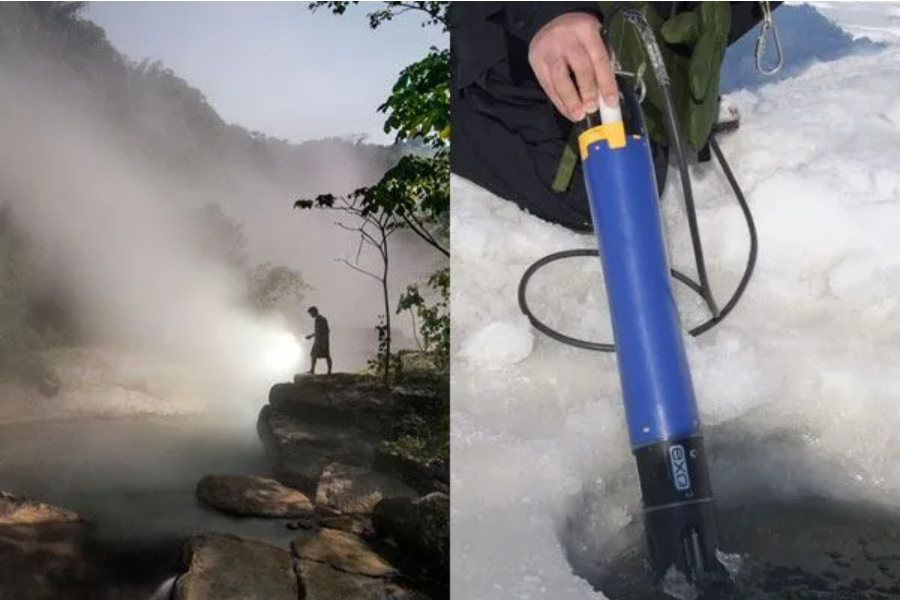
Environmental conditions can make or break your monitoring programme. Factors to consider include:
- Temperature extremes: Instruments must withstand both hot springs and icy waters.
- Corrosive environments: High salinity or acidic conditions require corrosion-resistant materials such as titanium or reinforced plastics (e.g., EXO Sonde).
- High sediment loads: Sediment and biofouling can obstruct sensors and damage equipment. Anti-fouling systems like the EXO Central Wiper are essential.
- High pressure at depth: Instruments must be depth-rated for marine or reservoir profiling.
- Water movement and bubbles: Can interfere with data; optical DO sensors are better for stagnant water.
- Accessibility and safety: Remote sites demand instruments with strong battery life, telemetry options, and rugged design.
Pro Tip #3: Select water quality instruments designed to endure your site’s specific conditions.
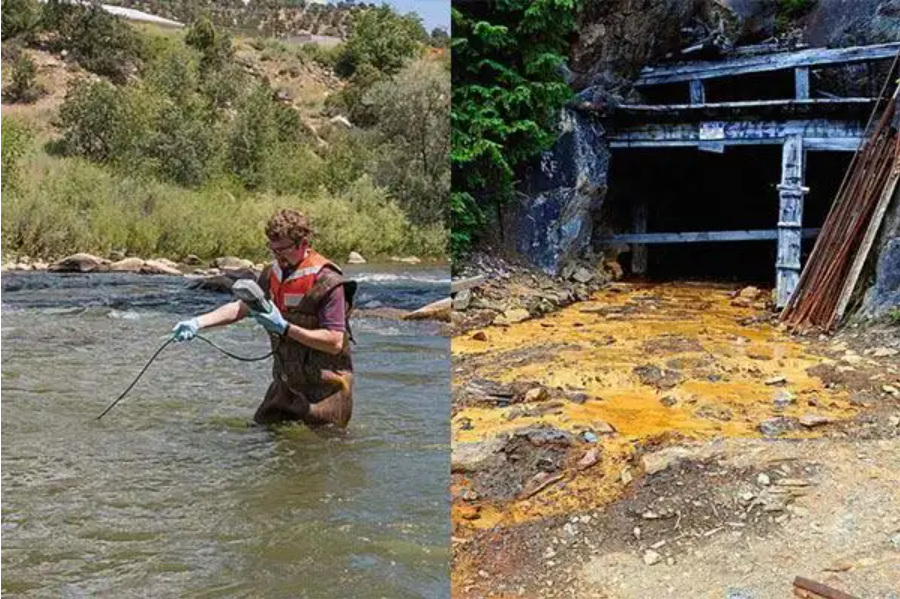
|
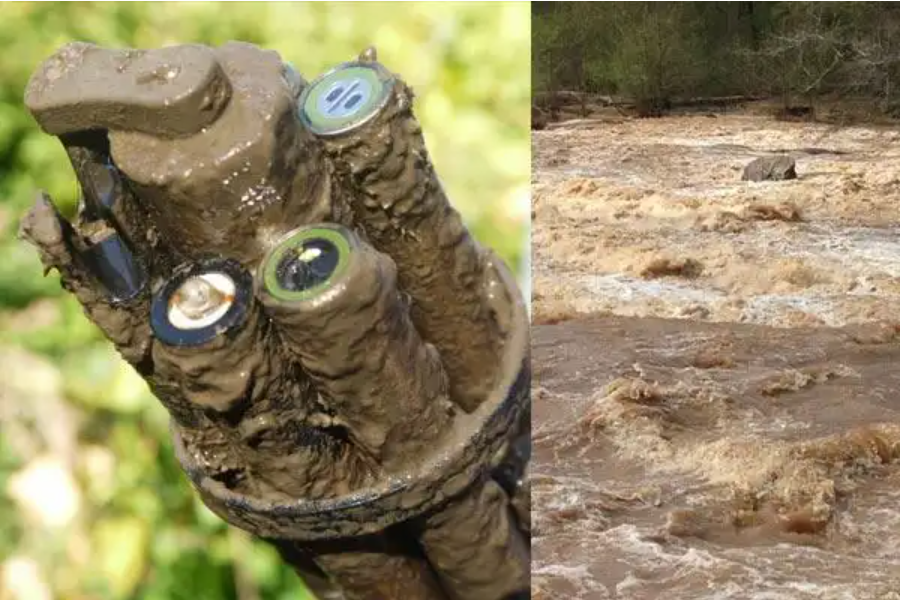
|
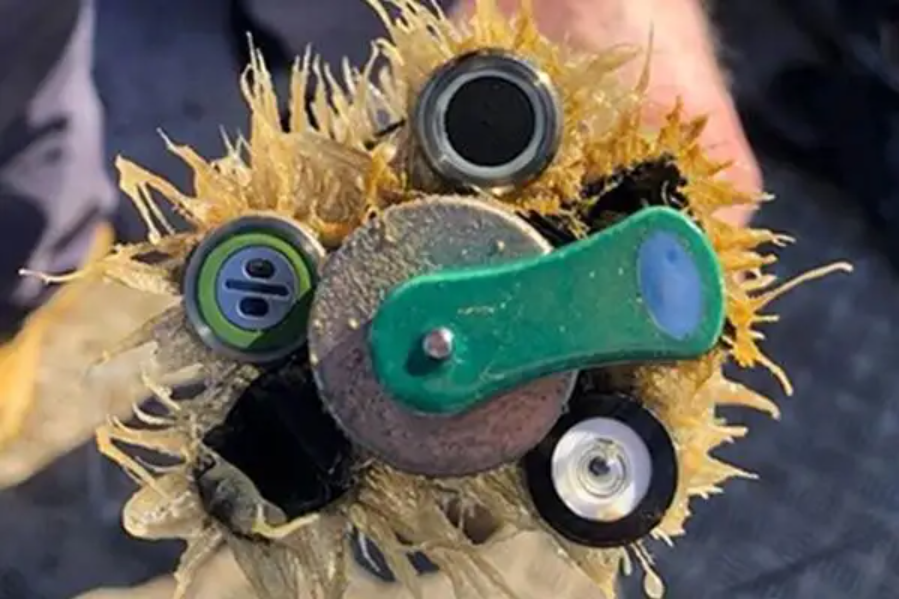
|
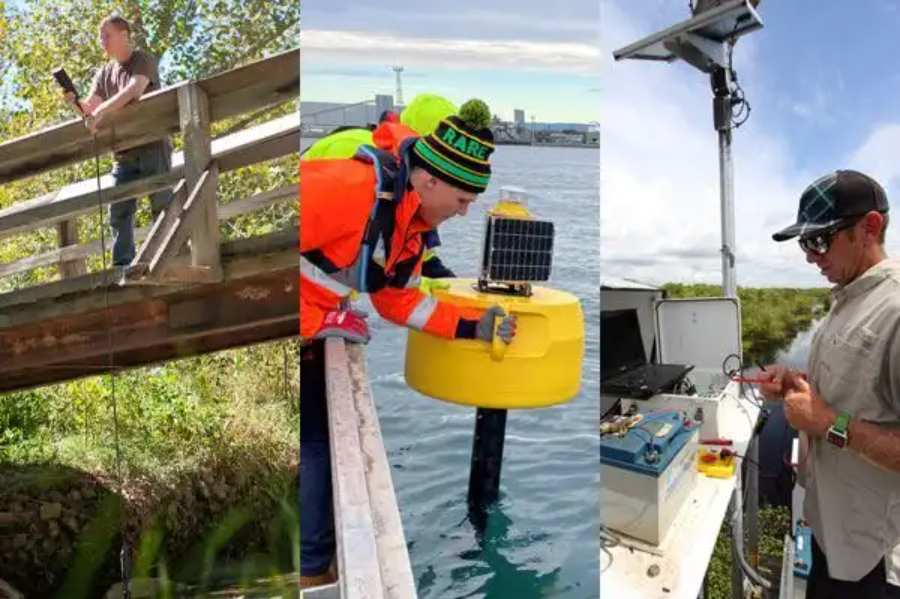
|
4. What Are Your Data Requirements for EXO Sonde Monitoring and Other Equipment?
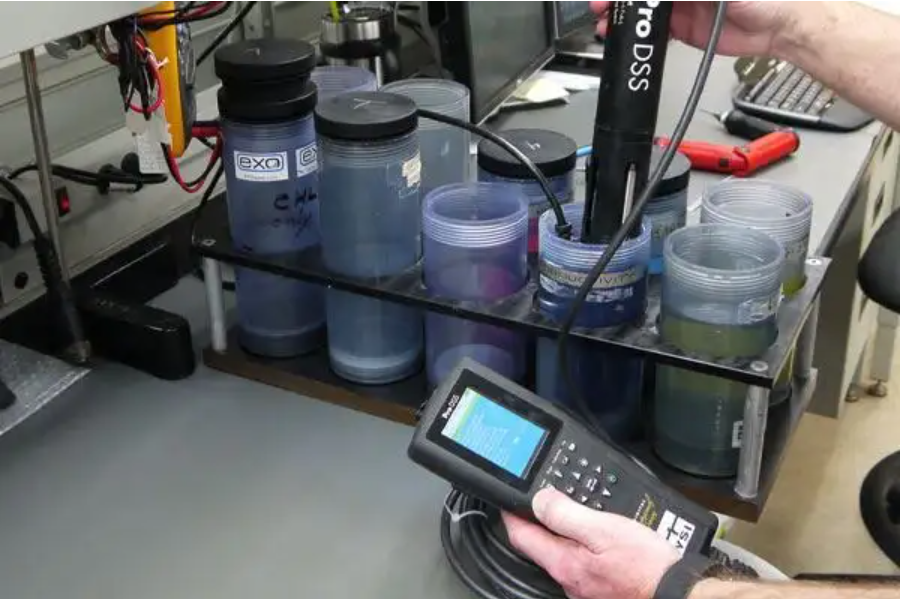
Accuracy, precision, sensitivity, and range are all vital considerations. High-quality datasets are crucial for compliance monitoring and scientific research.
Specifications to review include:
- Accuracy: Closeness to the true value.
- Precision: Repeatability across samples.
- Range and resolution: Detection limits and sensitivity.
- Response time: Speed at which stable readings are achieved.
Integration into your data systems is equally important. Instruments should support:
- Digital calibration records and quality assurance tracking.
- Easy data downloads to PC or mobile devices.
- Compatibility with SCADA or remote telemetry systems for real-time reporting.
EXO Sonde monitoring excels here, as it integrates seamlessly with IoT devices such as the HydroRIG, linking directly to HydroSphere for real-time visualisation and sharing.
Pro Tip #4: Ensure your equipment specifications and data management capabilities align with your reporting requirements.
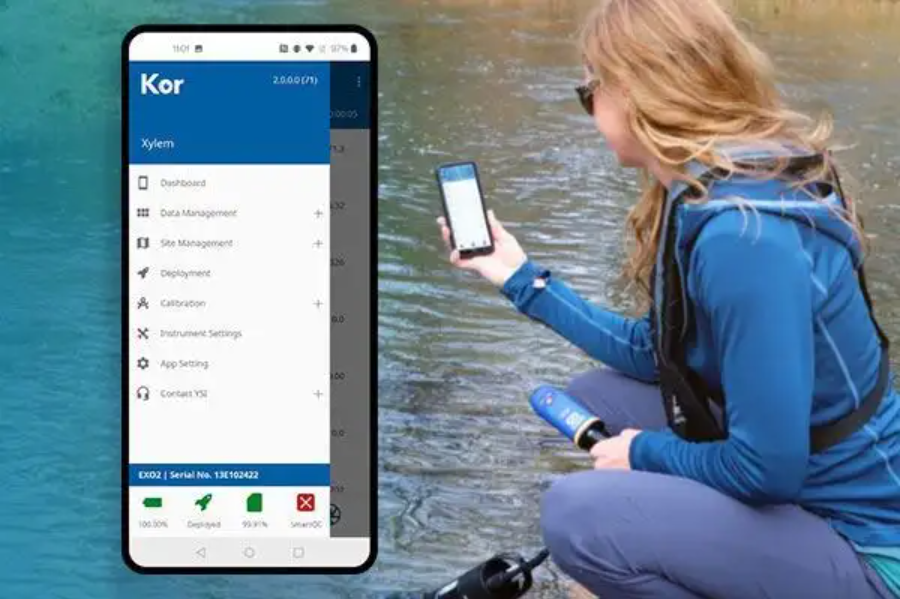
|
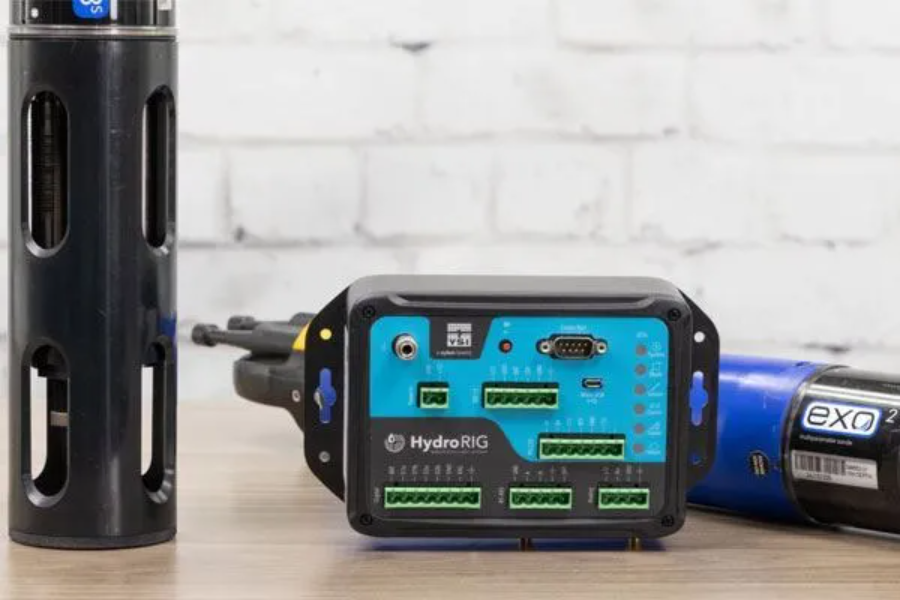
|
5. What Is Your Budget and Maintenance Capability for Water Quality Instruments?
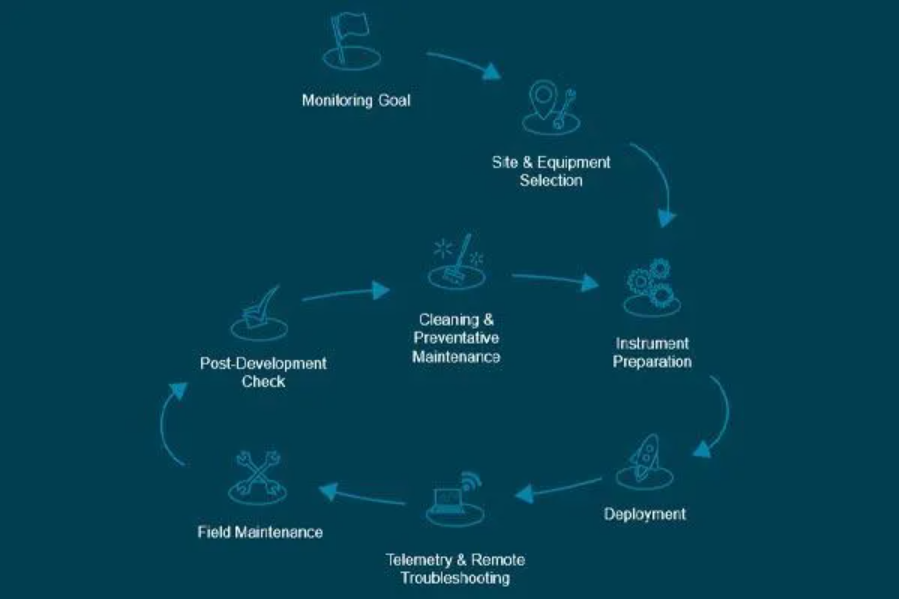
The true cost of water testing equipment goes far beyond the initial purchase. Ongoing expenses include:
- Travel and staff time for maintenance and data collection.
- Calibration and consumables.
- Software and data communication costs.
- Repairs and servicing.
Trade-offs between cost and precision are inevitable, but investing in reliable, field-ready instruments ultimately reduces downtime, lost data, and replacement costs. Modular, user-serviceable systems allow quicker calibration and repair, saving money and keeping control in-house.
Deployable systems—particularly EXO Sonde monitoring platforms—deliver excellent long-term value through higher data density and reduced site visits. Where budget or expertise is limited, professional services such as YSI’s “Data as a Service” provide complete outsourced solutions, including installation, calibration, and data delivery.
Pro Tip #5: Consider total cost of ownership, not just upfront price. Reliability is the best way to protect both your budget and your data.
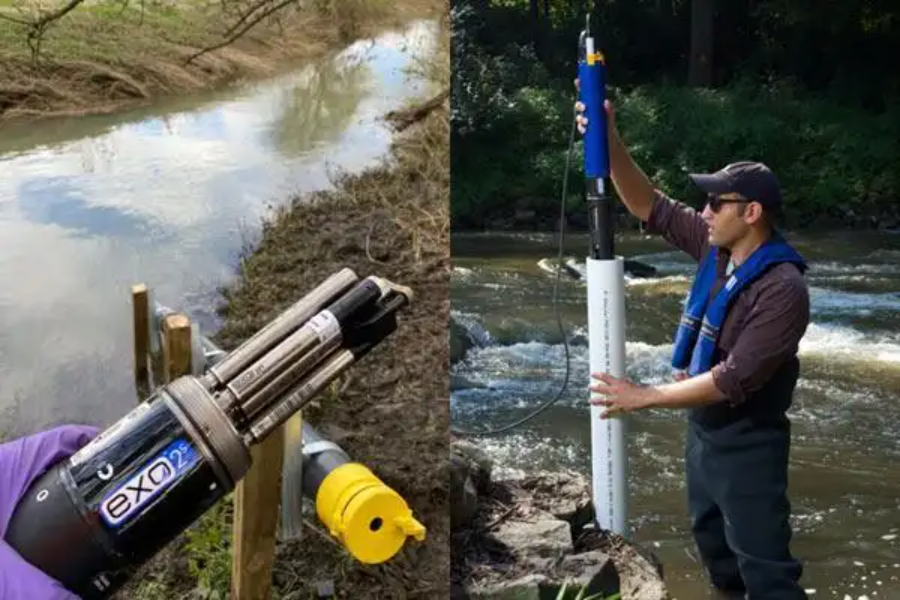
|
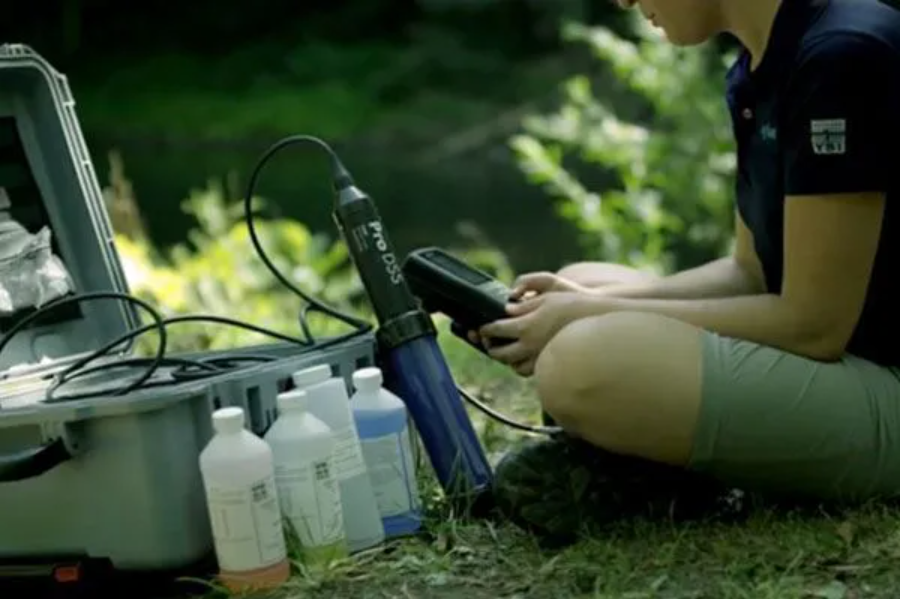
|
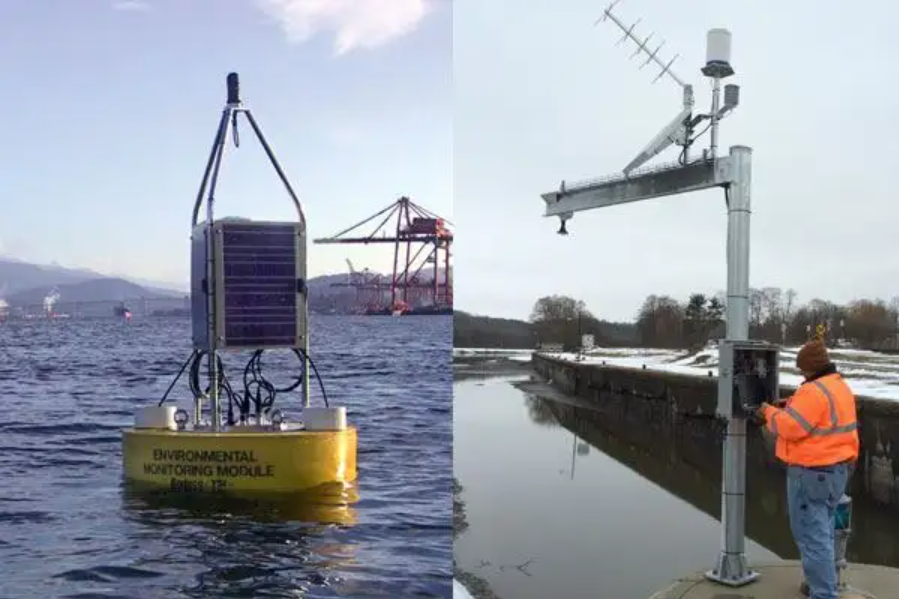
|
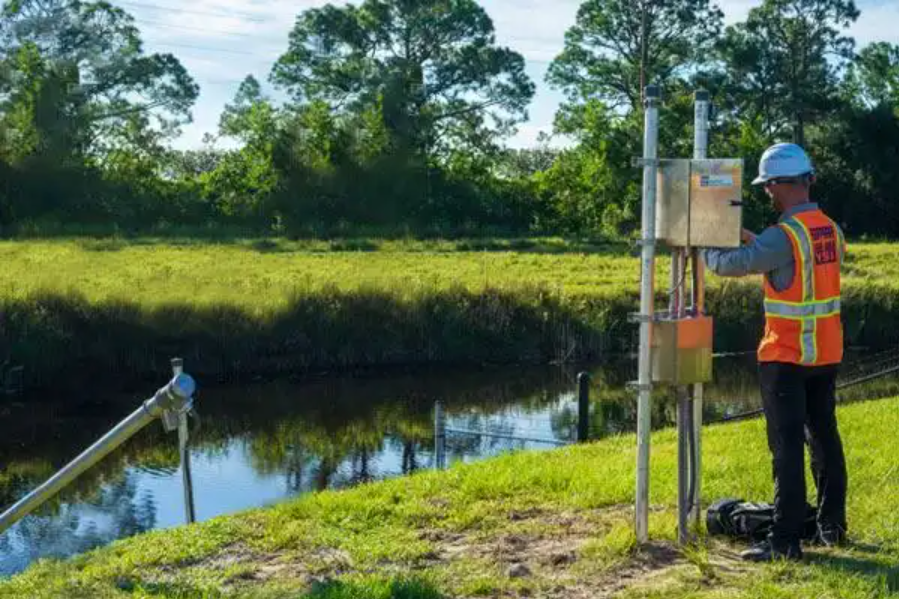
|
Conclusion
Selecting the right water quality instruments is fundamental to any monitoring programme. Whether you require handheld devices for spot sampling, photometers for grab analysis, or deployable sondes such as the EXO Sonde for continuous monitoring, your choice should be guided by application, parameters, environmental conditions, data requirements, and long-term costs.
By carefully weighing these five essential questions, you can choose the most effective water testing equipment for your needs, ensuring reliable, high-quality data to support compliance, research, and resource management for years to come.
At Lab Unlimited, we are a trusted distributor of YSI water quality instruments, including advanced solutions such as the EXO Sonde monitoring range. Our team has decades of experience supporting laboratories, environmental projects, and industrial applications across the UK and internationally. If you are looking for reliable water testing equipment tailored to your monitoring needs, contact us today to learn more about YSI products and how we can support your programme.
|
To find out more: |

